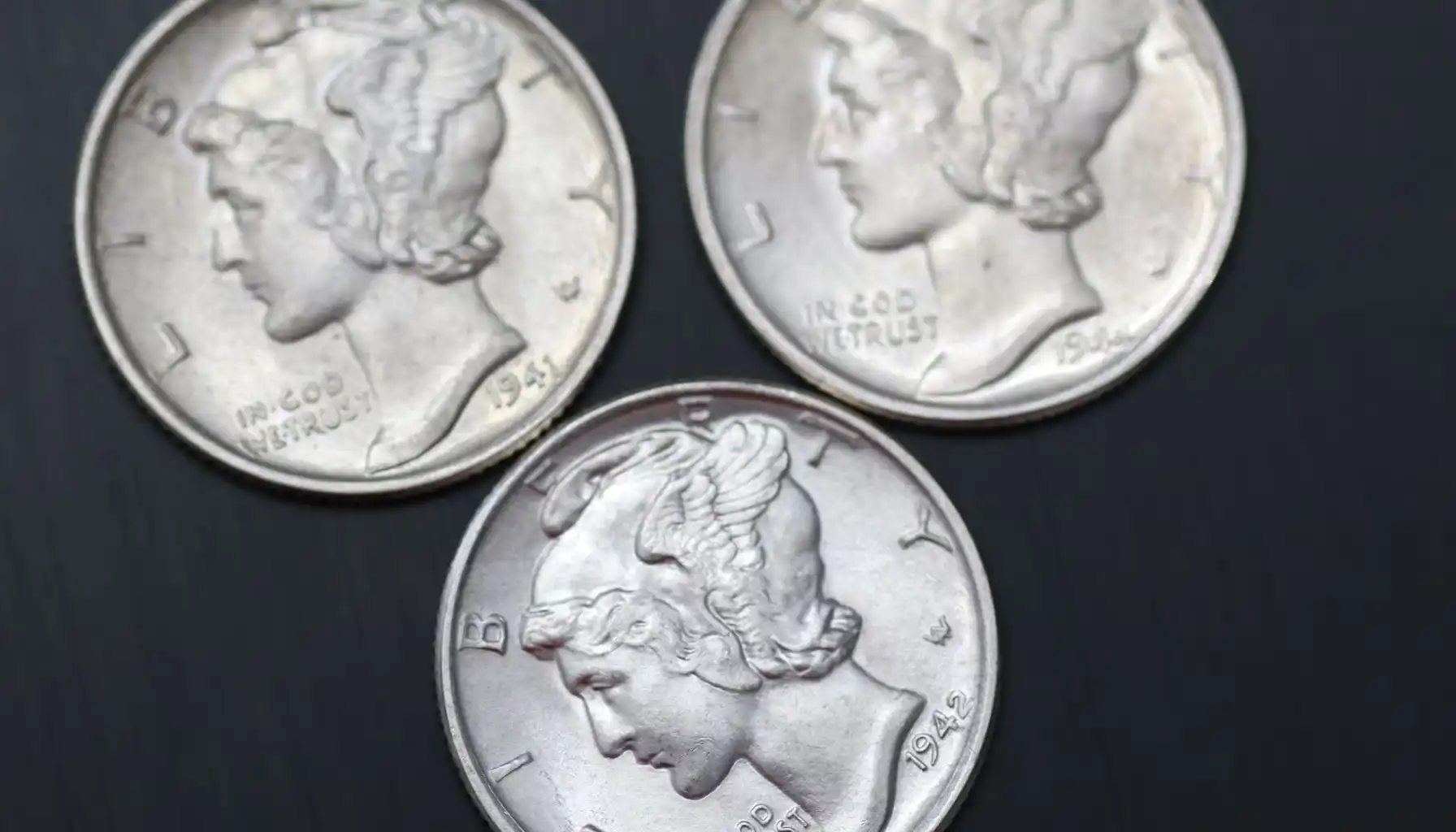Contents:
The United States of America is the birthplace of literally thousands of valuables that draw the attention of collectors and average aesthetes alike. Although the country managed to release and distribute great volumes of coins of different values and designs, some of them, Mercury dimes in particular, became a national treasure with a profound history.
1921 was a crucial year for the series, and the 1921 mercury dime value cannot be overstated on both economic and culturally justified levels. So, what is a 1921 mercury dime, how much does it cost, and how does coin identification by photo facilitate dime evaluation?

The History Behind 1921 Dimes
Post-World War I America has produced various valuable items with a rich history, cultural background, and social conditions. 1921, a year celebrated by the hero of this material, refers to the period when the US was transitioning from the war economy into that of economic adjustment and further prosperity. Due to low demand for coins caused by deflation, unemployment, and other economic factors, the Mint produced fewer dimes in 1921, prioritizing silver dollars instead.
The 1921 D Mercury dime, which can be of particular interest, was minted at the Denver Mint, which was also responsible for the production of Morgan dollars and Walking Liberty half dollars. This, though, has led to the situation we are currently living through, i.e., a period when even the number of only 1,080,000 dimes produced that year turned out to be a rare yet fine investment in the future.

Interesting Fact: The rarity, as well as the 1921 dime value, was not recognized at first, which is why it only became even more valuable only in the end.
Related article: Half Cents: The Smallest Denomination in American History.
Specifications of the 1921 Dimes
Those who possess 1921 Mercury Dimes for sale should be aware of what these coins represent and their major attributes. Here is a brief overview of what their specifications look like:
Designer | Adolph A. Weinman |
Year of Issue | 1921 |
Composition | 90% silver, 10% copper |
Weight | 2.50 grams on average |
Diameter | 17.9 mm |
Edge | Reeded |
Mintmark | “D” for Denver mint or none for Philadelphia Mint |
Mintage | Philadelphia: 1,230,000 Denver: 1,080,000 |
Obverse | The profile of Lady Liberty in a winged cap, which somehow resembles Mercury |
Reverse | A picture of fasces and an olive branch with the motto “E PLURIBUS UNUM” (=out of many, one) and the legend “UNITED · STATES · OF · AMERICA” |
Current 1921 Dime Coin Value
Coins do attract collectors, and because of this fact, the 1921-D mercury dime value, as well as that of the Philadelphia Mint’s creations, may fluctuate. Low mintage and scarcity of its instances appear to be the main reasons why these are so valuable and longed-for.
Depending on the grade, the price of dimes may range from hundreds to thousands of dollars without limits. This, though, is strongly influenced by external factors and current attributes (i.e., errors or designations) of a particular coin. Let us take a look at the 1921 D dime worth, taking into consideration that its Philadelphia version costs almost the same.
Grade (Condition) | Approximate Value |
Good (G-4) | $100 |
Very Good (VG-8) | $200 |
Fine (F-12) | $300 |
Very Fine (VF-20) | $400 |
Extremely Fine (EF-40) | $775 |
About Uncirculated (AU-50) | $1,275 |
Mint State (MS-60) | $2,100 |
Gem Mint State (MS-67+) | $30,000 - $40,000+ |
Grab and Collect: Quick Tips for Beginners
Learn About Grading. Since grading is one of the fundamental aspects of numismatics, knowing how to evaluate a coin is vital. Use online resources, educational programs, and numismatic apps and learn more about grading.
Start Small. One should start with those instances they REALLY wish to obtain only. For example, you may want to start with the Lincoln Head Cent Collection 1909 to 1940.
Research the Market. If you wish to have a high-quality collection of those valuables you like, make sure you stay up-to-date with the market trends. To do so, employ digital tools like Coin ID Scanner to review relevant information regarding coins and enjoy immediate coin identification, quick evaluation, assessment, collection management, and even more.

Check Authenticity. Like any other industry, numismatics is not immune to counterfeiting which makes it more difficult for newcomers to identify and collect valuable items. So, always validate coins via respected organizations like PCGS or ask your professional friends for assistance.
We have one more tip for you: always remember to protect your collection, so future generations may enjoy it just as much, if not more, than you do.
